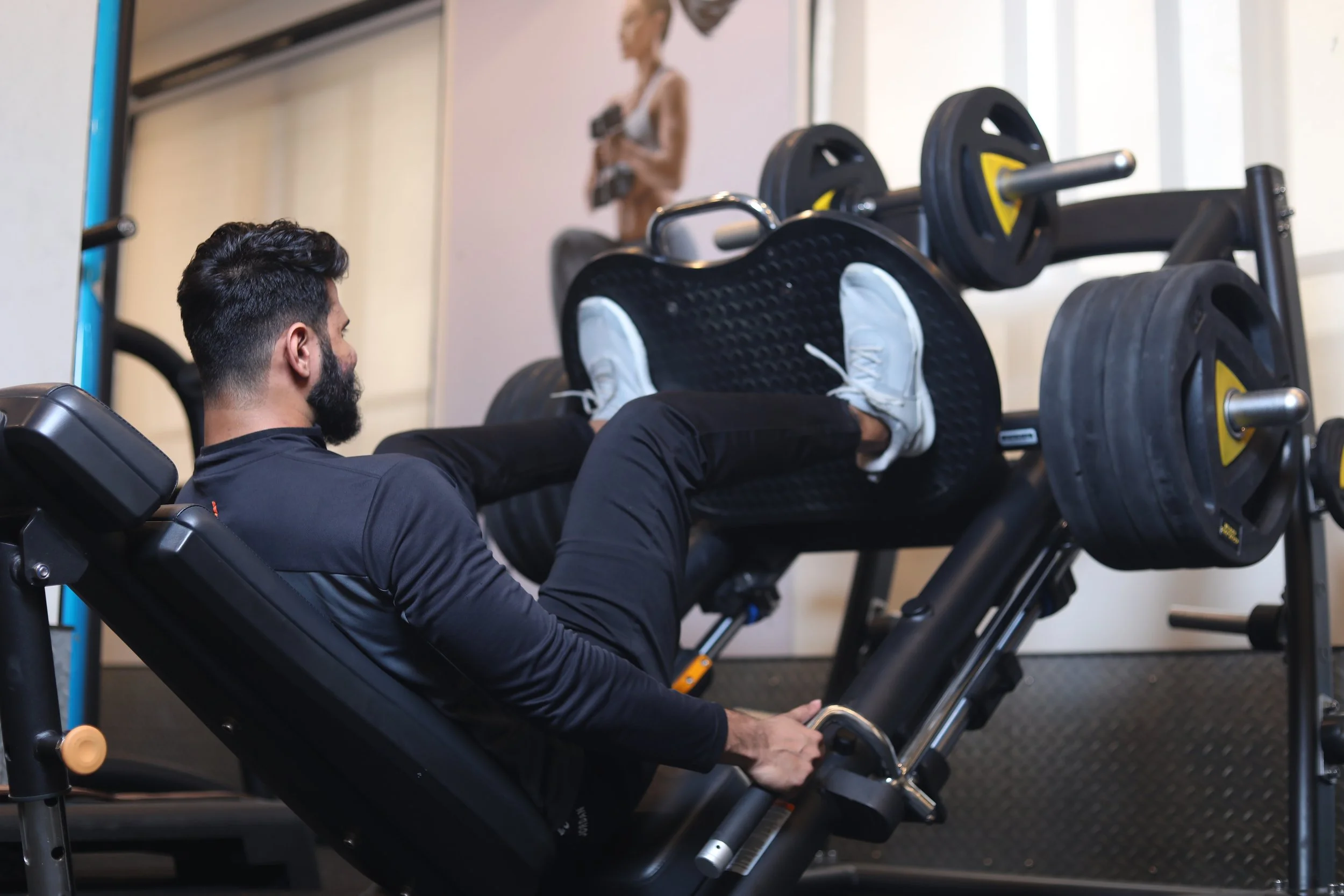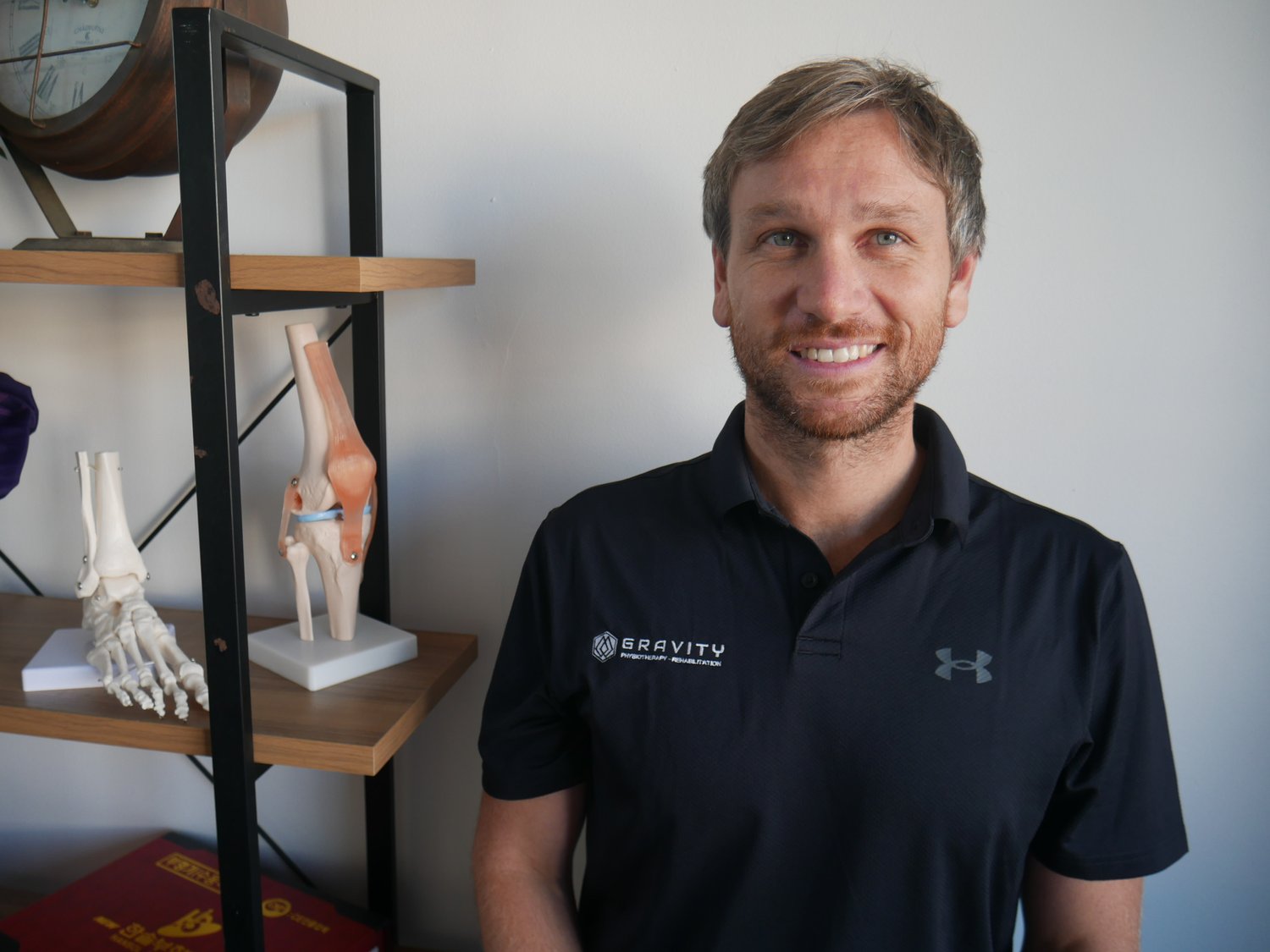Effective Strategies for Managing Quad & Patella Tendon Pain in Season: Essential Tips for Athletes
Introduction
Tendon pain in the quad and patella can be a common and frustrating issue for running sport athletes, often impacting performance and causing discomfort. However, by implementing effective strategies and following essential tips, athletes can effectively manage and reduce tendon pain throughout their season. This article will provide professional advice and recommendations for athletes looking to overcome quad and patella tendon pain, allowing them to continue performing at their best.
Understanding quad and patella tendon pain in running sport athletes
In order to effectively manage quad and patella tendon pain, it is important for running sport athletes to have a comprehensive understanding of the factors that contribute to it. By understanding the causes and mechanisms behind tendon pain, athletes can take proactive steps to prevent and treat these issues.
Quad and patella tendon pain typically occurs as a result of overuse and repetitive stress on the tendons. Running places significant strain on the quadriceps and patella tendons, which can lead to inflammation and microtears in the connective tissue. This can result in pain, stiffness, and reduced mobility in the affected area.
There are several risk factors that can increase the likelihood of quad and patella tendon pain in running sport athletes. These include:
1. Overtraining and Load Management: Excessive training without adequate rest and recovery can lead to overuse injuries, including tendon pain.
2. Improper technique: Running with poor form or biomechanical imbalances can place excessive stress on the quadriceps and patella tendons.
3. Muscle imbalances: Weakness or tightness in certain muscle groups, such as the quadriceps or hamstrings, can disrupt the balance of forces around the knee joint and increase the risk of tendon pain.
4. Inadequate warm-up and cool-down: Failing to properly prepare the muscles and tendons for activity, as well as neglecting post-exercise stretching and mobility work, can contribute to tendon issues.
It is also important to note that quad and patella tendon pain can be a result of underlying medical conditions or structural abnormalities, such as patellar tendonitis or patellar tendinopathy. These conditions may require specific treatment approaches and should be evaluated by a qualified healthcare professional.
By understanding the underlying causes of quad and patella tendon pain, athletes can take proactive steps to prevent and manage these issues. This may include implementing appropriate warm-up and cool-down routines, improving running technique, addressing muscular imbalances through strength and flexibility exercises, and ensuring adequate rest and recovery between training sessions. It is also important for athletes to seek proper medical advice and treatment if they are experiencing persistent or worsening pain.
The importance of effective management strategies
Managing quad and patella tendon pain is crucial for running sport athletes in order to prevent further injury, maintain optimal performance, and ensure long-term athletic success. By implementing effective management strategies, athletes can effectively reduce pain, promote healing, and improve overall tendon health.
One key aspect of effective management is reducing overuse and repetitive stress on the tendons. This can be achieved by adjusting training volume and intensity to allow for proper rest and recovery. Athletes should incorporate adequate rest days into their training schedule and avoid excessive training without proper periods of recovery. By giving the tendons time to repair and regenerate, athletes can minimize the risk of developing tendon pain. Additionally, it is important for athletes to pay attention to their running technique and biomechanics.
Improper form and biomechanical imbalances can place excessive stress on the quadriceps and patella tendons, leading to pain and injury. Working with a running coach or sports medicine professional to improve running mechanics can help athletes reduce strain on the tendons and prevent future pain.
Addressing muscle imbalances is also critical for effective management of quad and patella tendon pain. Weakness or tightness in certain muscle groups, such as the quadriceps or hamstrings, can disrupt the balance of forces around the knee joint and increase the risk of tendon pain. Incorporating strength and flexibility exercises that target these imbalances can help stabilize the knee joint and alleviate tendon pain.
Proper warm-up and cool-down routines should not be overlooked as part of effective management strategies. A thorough warm-up routine prepares the muscles and tendons for the demands of running, increasing blood flow and flexibility. Post-exercise stretching and mobility work during the cool-down phase can help prevent stiffness and promote recovery.
In cases where quad and patella tendon pain is persistent or worsening, athletes should seek appropriate medical advice and treatment. A qualified healthcare professional can evaluate the underlying causes of the pain and develop a personalized treatment plan. This may include physical therapy, anti-inflammatory medications, or other interventions aimed at reducing pain and promoting healing.
Key Takeaways
In conclusion, effective management strategies are essential for managing quad and patella tendon pain in running sport athletes. By implementing these strategies, athletes can reduce pain, prevent further injury, and maintain optimal athletic performance. It is important for athletes to prioritize rest and recovery, improve running technique and biomechanics, address muscle imbalances, and seek appropriate medical advice when needed. Taking a proactive approach to managing tendon pain will contribute to the overall success and longevity of an athletes running career.
Isometrics and Progressive Strengthening exercises for quad and patella tendon pain
Isometric exercises and progressive strengthening exercises are effective strategies for managing quad and patella tendon pain in running sport athletes. These exercises can help strengthen the tendons, promote healing, and reduce pain.
Isometric exercises involve contracting the muscles without movement of the joints. These exercises are particularly beneficial for tendon pain because they strengthen the muscles without putting excessive stress on the tendons. Isometric exercises for quad and patella tendon pain may include:
1. Quad Setting: Sit or lie down with your legs extended. Tighten the muscles at the front of your thigh (quadriceps) and hold for 5-10 seconds. Relax and repeat for multiple sets.
2. Wall Sits: Stand with your back against a wall and slide down into a seated position with your knees bent at a 90-degree angle. Hold this position for 30-60 seconds, focusing on contracting your quadriceps. Slowly stand back up and repeat for multiple sets.
3. Knee Extensions: Sit on the edge of a chair with your knees bent and feet flat on the floor and a band attached to one leg with the other end tethered to the chair. Or just use a leg extension machine. Straighten one knee by lifting your foot off the floor while keeping your thigh pressed down against the chair. Hold for 5-10 seconds and then lower your foot back down. Repeat with the other leg and continue alternating for multiple sets. Aim to build up the length of time you hold for and the weight you can hold.
Progressive strengthening exercises gradually increase the load on the tendons to promote strength and resilience. These exercises should be done with proper form and technique to avoid exacerbating the pain. Progressive strengthening exercises for quad and patella tendon pain may include:
1. Eccentric exercises: Slowly lowering the leg or extending the knee against resistance to strengthen the tendon. For example, performing slow and controlled squats or lunges.
2. Single-leg Squat or Slant Board Squat: Standing on one leg, either on flat floor or on a slant board, and maintaining balance while performing movements such as a squat can isolate the lower quadriceps and patellar tendon. This helps improve stability and strengthen the muscles around the knee.
3. Resistance training: Using resistance bands, machines or free weights to perform exercises targeting the quadriceps, hamstrings, and other muscle groups around the knee. Examples include leg press, leg extensions, and hamstring curls.
It is important to start these exercises at a level that is appropriate for your current strength and pain level, and gradually increase the intensity and resistance over time. It is also crucial to listen to your body and stop if any exercise causes increased pain or discomfort.
In addition to isometrics and progressive strengthening exercises, athletes should continue implementing other management strategies such as rest and recovery, improving running technique and biomechanics, and addressing muscle imbalances. By combining these strategies, athletes can effectively manage quad and patella tendon pain, reduce the risk of further injury, and maintain optimal performance in their running sports.
Proper training and injury prevention techniques
Proper training and injury prevention techniques are crucial for managing quad and patella tendon pain in running sport athletes. By implementing these strategies, athletes can minimize the risk of injury and maximize their performance potential. Here are some essential tips for incorporating proper training and injury prevention techniques:
1. Gradual progression: It is important to gradually increase training intensity, volume, and duration to avoid overloading the tendons. Sudden increases in activity can put excessive stress on the tendons and lead to pain and injury. Athletes should follow a structured training plan that includes progressive increments in mileage, speed, and intensity.
2. Cross-training: Incorporating cross-training exercises such as swimming, cycling, or rowing can help reduce the impact on the tendons while maintaining cardiovascular fitness. Cross-training also helps in strengthening the supporting muscles, improving overall endurance, and preventing overuse injuries.
3. Warm-up and cool-down: Athletes should always include a proper warm-up and cool-down routine before and after running. This helps prepare the muscles, tendons, and ligaments for the demands of exercise and aids in preventing injuries. Warm-up exercises may include dynamic stretching, light jogging, or mobility drills. Cool-down exercises may include static stretching, foam rolling, or gentle yoga poses.
4. Correct running technique: Proper running technique is essential for minimizing stress on the tendons and ensuring efficient movement. Athletes should focus on maintaining an upright posture, landing with a midfoot strike, and maintaining a cadence of around 170-180 steps per minute if on a long run. Consulting with a running coach or sports biomechanics specialist can provide valuable insights and guidance on improving running form.
5. Strength training and conditioning: Incorporating strength training exercises that target the quadriceps, hamstrings, glutes, and core muscles can help improve overall strength and stability. Strong muscles support the tendons and reduce the risk of injury. Athletes should include exercises such as squats, lunges, deadlifts, and plyometric exercises in their training regimen.
6. Rest and recovery: Giving the body adequate time to rest and recover is essential for injury prevention. Athletes should include rest days in their training schedule and prioritize quality sleep to allow the body to repair and regenerate. Incorporating recovery techniques such as foam rolling, massage, or cold therapy can also aid in reducing inflammation and promoting healing.
7. Listen to the body: Athletes should pay attention to any signs of pain, discomfort, or fatigue. Ignoring these signals can lead to further injury and prolonged recovery time. It is important to modify or reduce training intensity if any pain or discomfort arises and seek professional guidance if needed.
By incorporating proper training and injury prevention techniques, running sport athletes can effectively manage quad and patella tendon pain, reduce the risk of injury, and maintain optimal performance. It is essential to prioritize long-term health and implement strategies that promote sustainable training and injury-free running.
Utilizing physiotherapy and other professional interventions
In addition to proper training and injury prevention techniques, utilizing physiotherapy and other professional interventions can play a crucial role in managing quad and patella tendon pain in running sport athletes. These interventions can help alleviate pain, promote healing, and address any underlying issues contributing to the pain. Here are some effective strategies for utilizing physiotherapy and other professional interventions:
1. Assessment and diagnosis: Seeking professional assessment and diagnosis is essential to determine the root cause of quad and patella tendon pain. A qualified physiotherapist or sports medicine specialist can evaluate the athlete's condition, conduct a thorough examination, and assess any biomechanical abnormalities or imbalances. This allows for a targeted treatment plan to address specific needs.
2. Manual therapy: Manual therapy techniques such as massage, soft tissue release, and joint mobilizations can help reduce pain and improve tissue mobility. These techniques aim to release tightness, minimize muscle imbalances, and improve overall function.
3. Strengthening exercises: A physiotherapist can prescribe specific strengthening exercises to target the quadriceps, hamstrings, glutes, and core muscles. These exercises aim to improve overall strength, stability, and balance, which can alleviate stress on the tendons and reduce pain.
4. Stretching and flexibility exercises: Stretching exercises tailored to the individual athlete's needs can help improve flexibility, range of motion, and muscular balance. Stretching the quadriceps, hamstrings, hip flexors, and calf muscles can help alleviate tension on the tendons and promote optimal biomechanics.
5. Biomechanical analysis and correction: A sports biomechanics specialist or physiotherapist with expertise in running analysis can assess the athletes running form and identify any biomechanical abnormalities that may be contributing to the quad and patella tendon pain. They can provide guidance on correcting running technique, such as adjusting stride length, foot strike pattern, and trunk position, to minimize stress on the tendons.
6. Modalities and adjunct therapies: Modalities such as ultrasound, laser therapy, electrical stimulation, or cryotherapy may be used as adjunct treatments to reduce pain, inflammation, and promote tissue healing. These therapies can complement the core physiotherapy interventions and expedite recovery.
7. Education and self-management strategies: A key component of physiotherapy is educating athletes on self-management strategies to prevent further injury and manage their quad and patella tendon pain. This may include guidance on proper warm-up and cool-down routines, injury prevention exercises, footwear selection, and training modifications.
8. Return-to-sport planning: A physiotherapist can develop a comprehensive return-to-sport plan that includes progressive loading and gradual reintroduction of running activities. This plan ensures that athletes safely and effectively transition back to their previous level of performance while minimizing the risk of re-injury.
Conclusion
By utilizing physiotherapy and other professional interventions, running sport athletes can receive targeted treatment, guidance, and support to effectively manage quad and patella tendon pain. These interventions aim to address the underlying causes of pain, promote healing, and optimize athletic performance. It is essential for athletes to work closely with qualified professionals to develop a personalized treatment plan that caters to their specific needs and goals.






